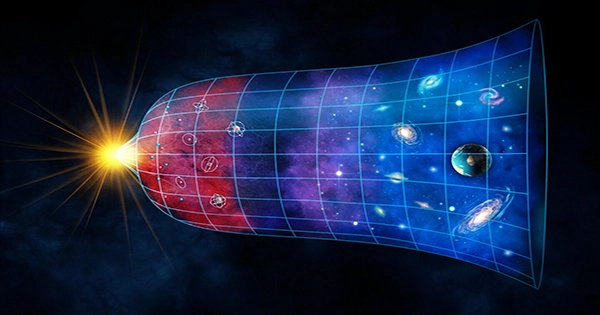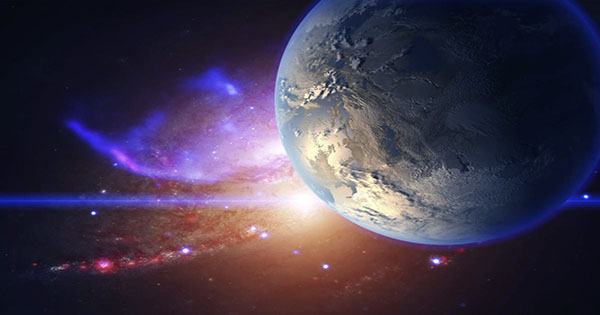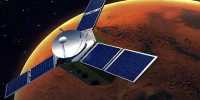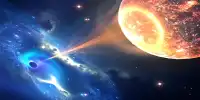Astronomers have measured the temperature of the universe 880 million years after the Big Bang. This was made possible by a space water cloud that absorbed some light from the Cosmic Microwave Background (CMB) – the Universe’s earliest free-moving light – some 12.9 billion years ago. The average temperature of the observable universe, as determined by the CMB, is currently 2.73 Kelvin (-270.42 °C /-454.756 °F), only a few degrees above absolute zero. The universe began in a hot, dense state and has gradually cooled since then.
The temperature 880 million years ago was predicted to be between 16.4 and 30.2 Kelvin, according to a study published in the journal Nature. The Standard Model of cosmology, our best hypothesis of how the universe at vast scales works, predicted a temperature of 20 Kelvin for the universe at the time. It necessitates the existence of two enigmatic components: dark matter and dark energy, both of which have observable effects but which scientists have yet to show exist.

Various theories and modifications can forecast different temperatures at different times at times. Some of them have distinct sorts of dark energy, while others don’t have any. This is the farthest back in time that the temperature has been observed, allowing researchers to rule out some of the other possibilities.
“Any deviations from projected trends could have direct consequences for the nature of the elusive dark energy,” says the researcher. In a statement, Dominik Riechers, the principal author from the University of Cologne, said. The observations were made possible because to the IRAM NOEMA telescope array in the French Alps, which is located in the starburst galaxy HFLS3. This is a millimeter-wavelength radio observatory that can examine the universe, making it ideal for detecting such signals.
The photons (light particles) in the CMB were still energetic enough to interact with water molecules at the time, resulting in a signal. The CMB photons have lost energy as the cosmos has expanded, so they can no longer form such interactions. The team believes that this will be the first of many remote measurements. “This new technique provides vital new insights into the history of the universe,” said co-author Fabian Walter of the Max Planck Institute for Astronomy. “It informs us that the universe in its infancy had some remarkable traits completely different today.”














